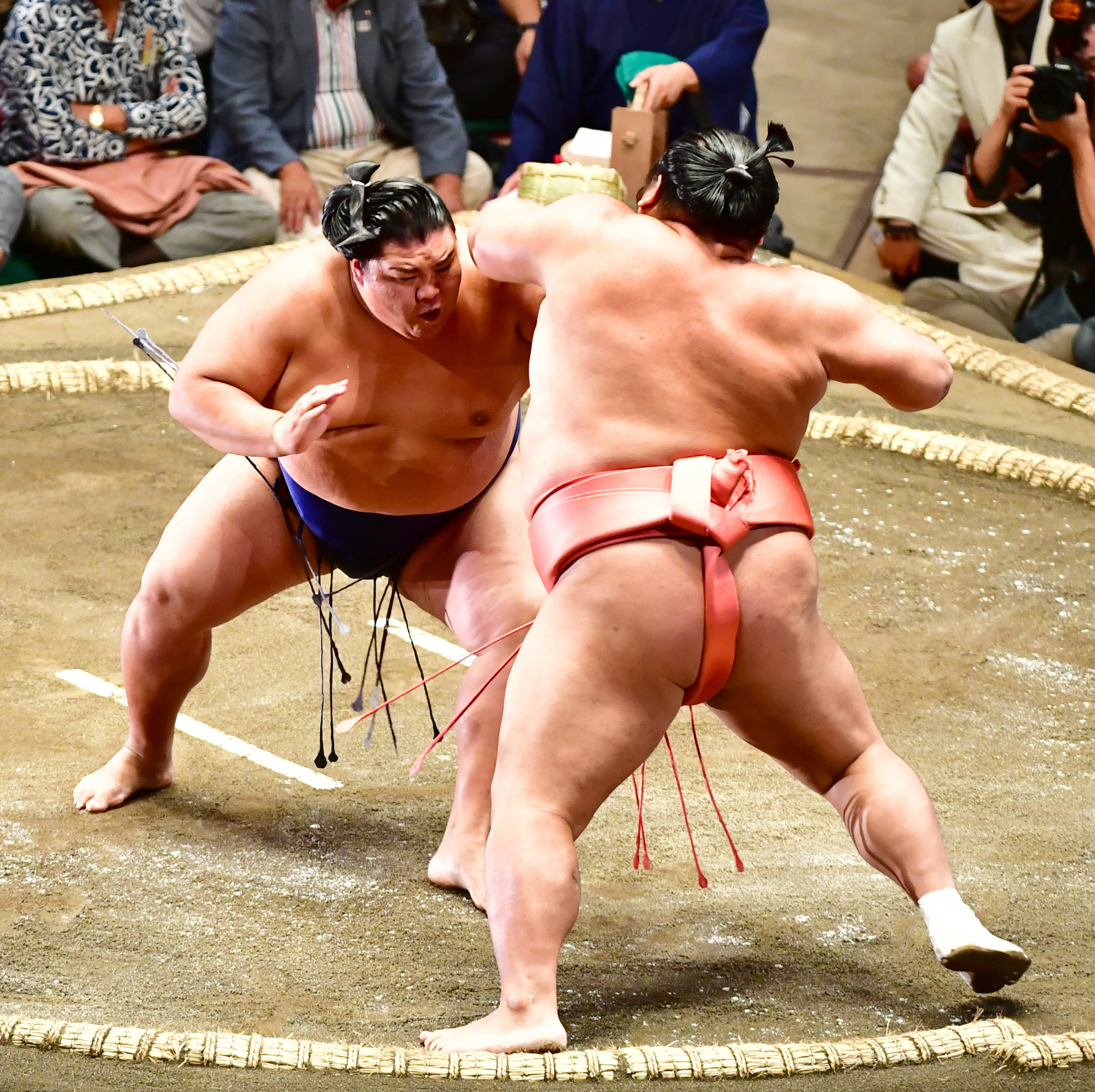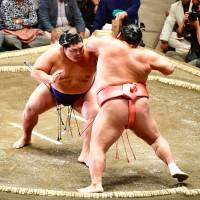All sumo wrestlers have a shikona (ring name). The tradition, which dates back to the Edo period, has been used over time both as a means of attracting paying customers and a way to hide the true identities of wrestlers.
Most sumo fans are familiar with the 'surname' part of the shikona, but fewer realize that rikishi also have first names. For example, Hakuho, Kisenosato and Kakuryu are named Sho, Yutaka and Rikisaburo respectively.
Certain shikona or their constituent elements are closely associated with particular stables. One starting with 'Tochi' (栃) probably means the man is fighting out of Kasugano Beya, while anyone with 'Koto' (琴) hails from Sadogatake Beya.
Shikona often reflect a wrestler's origins. Bulgarian Kotooshu's shikona (琴欧洲) literally meant 'Koto-Europe'. Chiyotaikai (千代大海) borrows characters from Hokkaido, his birthplace, and Oita, his hometown.
While some wrestlers maintain their own family name as a shikona, they normally change upon promotion to the second-tier juryo division. That's not true for all, however. Takayasu and Endo both use their real names and the 54th yokozuna, Wajima Hiroshi, used his birth name throughout his entire 11-year career.
Some names in the Sumo Association are particularly prestigious. One is Konishiki (小錦) — a name which has been used by both an ozeki and a yokozuna.
There are also less high-minded shikona. Morikawa, a wrestler with a losing record in his first 39 tournaments, discovered in 2009 that his stablemaster had changed his shikona to Moriurara, connecting him to Haruurara, a famous horse that went 113 races without a single win.
The jab worked as Moriurara achieved his first winning record in the very next tournament.



















With your current subscription plan you can comment on stories. However, before writing your first comment, please create a display name in the Profile section of your subscriber account page.